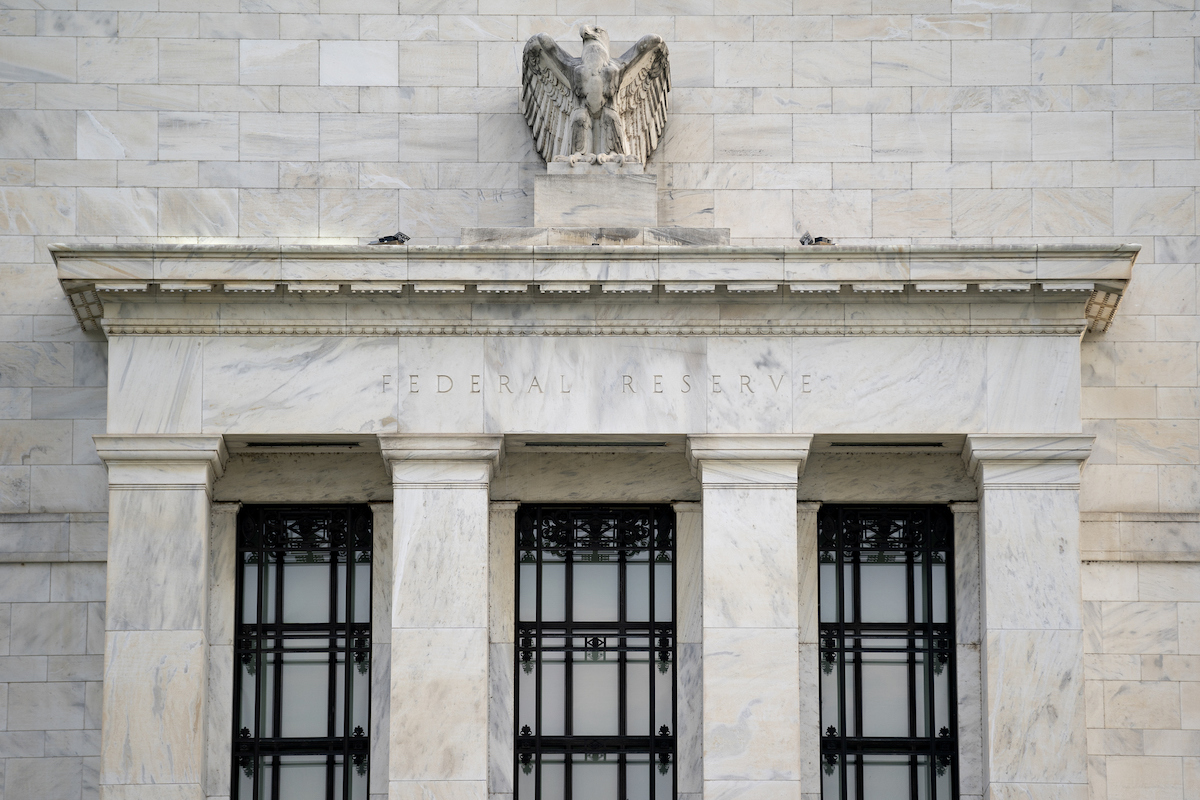Money and Banking in the United States: A Guide to the Policy Landscape
June 13, 2024
By Lev Menand
Introduction
In March and April 2023, the American system of money and banking teetered on the brink of collapse. Several large banks failed—including Silicon Valley Bank (SVB), Signature Bank, and First Republic Bank—but the real story was the extent of the ad hoc government interventions required to prevent a wider unraveling. Over just a few weeks, investors and depositors lost confidence in scores of financial institutions whose names never made the mainstream news, and businesses began to withdraw their deposit balances in search of alternative products issued outside the banking system. The Banking Crisis of 2023 subsided only after multiple federal regulators indicated their willingness to bypass the ordinary rules of bank resolution to insure most, if not all, of the system’s nearly $20 trillion of deposit balances (including those above the $250,000 deposit insurance limit) and to open an emergency lending facility to support banks with unrealized losses on their securities portfolios (FDIC 2023). The latter facility, established by the Federal Reserve, drew on $25 billion committed by the Secretary of the Treasury from a fund created by Congress to manage exchange rates with foreign currencies (a wholly unrelated endeavor) (Barbuscia 2023). The joint maneuver marked the fourth extraordinary government effort to stop a financial panic in 15 years.
The first such effort occurred in 2008 and was marred by the disorderly collapse of Lehman Brothers, one of the largest financial institutions in the world at the time and the largest debtor ever to seek protection from its creditors in US courts. The effects of Lehman’s failure were severe. Although Lehman was not a depository bank like SVB or First Republic (it was a federally licensed broker dealer), its business model was very similar to that of a depository bank. It was a shadow bank: a financial firm that operates in similar ways to a bank but isn’t regulated like one. (Shadow banks, like banks, fund long-term lending with short-term borrowings that people treat as cash equivalents.) Lehman’s collapse set off a run on regulated banks and on other shadow banks just like the runs that we saw in March 2023 and that plagued the US financial system in the 19th century. In 2008, these runs precipitated a rapid contraction in the amount of money available in the economy for households and businesses to pay for things followed by an acute macroeconomic disaster—the same toxic two-step that followed the Panic of 1907 and that brought about the Great Depression in the 1930s (Ricks 2016; Gorton and Metrick 2012). Millions of people lost their jobs, their homes, or both.

“In March and April 2023, the American system of money and banking teetered on the brink of collapse. Several large banks failed—including Silicon Valley Bank (SVB), Signature Bank, and First Republic Bank—but the real story was the extent of the ad hoc government interventions required to prevent a wider unraveling.”
The Great Recession, as it came to be known, shattered a bipartisan policy consensus that had prevailed in Washington for nearly 30 years. That consensus emphasized the benefits of Lehman’s lightly regulated, bank-like structure. It heralded the deep and liquid capital markets that firms like Lehman enabled, and it championed the international linkages and dollar-based capital flows that Lehman-style trading desks facilitated. But none of the advocates of the monetary and financial liberalization that had allowed Lehman to assemble a balance sheet with hundreds of billions of dollars of bank deposit–like liabilities predicted or even imagined its failure and the economic disaster that it precipitated.
Ever since Lehman’s bankruptcy, academics and policymakers have been searching for answers. What was the root cause of the 2008 crisis? How much of the pre-2008 regulatory regime ought to be replaced? And with what?
Over the last 15 years, policymakers have made many changes to the legal framework for money and banking. In 2010, Congress enacted the most significant financial legislation since the 1930s, the Dodd-Frank Wall Street Reform and Consumer Protection Act (Dodd-Frank). In 2014, the Securities and Exchange Commission (SEC) revised regulations governing money market mutual funds (MMFs), prompting the decline of “prime” funds that, like Lehman Brothers, were shadow banks operating beyond the “regulatory perimeter” for banking. By 2017, the three primary banking regulators—the Federal Reserve, the Office of the Comptroller of the Currency (OCC), and the Federal Deposit Insurance Corporation (FDIC)—had finalized hundreds of new regulations, touching on many aspects of the banking business, from liquidity and capital to proprietary trading, derivatives dealing, and mortgage origination (US Government Accountability Office 2023).
Yet, despite these efforts, runs resembling the one on Lehman Brothers continue to threaten economic catastrophe. Each time a new run starts, a recession is avoided thanks primarily to massive government intervention—such as trillions of dollars of support during the early weeks of the pandemic in 2020 and the broad-reaching ad hoc programs in March 2023. These interventions have given new urgency to the inquiry that began 15 years ago and new momentum to efforts in Washington to build a better financial system. They have also resulted in scholarly progress in money and banking at the level of theory and ideas for reform that would further transform banking practice.
This report offers a guide to the policy landscape. It proceeds in three parts. Part I provides critical conceptual background on money—what it is and the role that banks and other financial organizations play in creating it. Part II reviews the history of the monetary system from the founding of the United States to the present with a focus on the 20th-century framework that eliminated disorderly monetary contractions and the subsequent liberalization that led to a return to what one might reasonably describe as “19th-century conditions.” Part III turns to current debates, situating various proposals within the conceptual and historical framework outlined in parts I and II.
Suggested Citation
Menand, Lev. 2024. “Money and Banking in the United States: A Guide to the Policy Landscape.” Roosevelt Institute, June 13, 2024.
